Pinqtan Keqiutou Sites makes the final evaluation list for China's Top Ten Archaeological Discoveries 2023
en.ptnet.cn | Updated:2024-02-23 | Lin Kongbo, StephanieOn February 20, the preliminary results for the top ten new archaeological discoveries in China for the year 2023 were announced. Among the 22 projects shortlisted for the final evaluation are the Keqiutou Sites in Pingtan, an island off E China’s Fujian province.
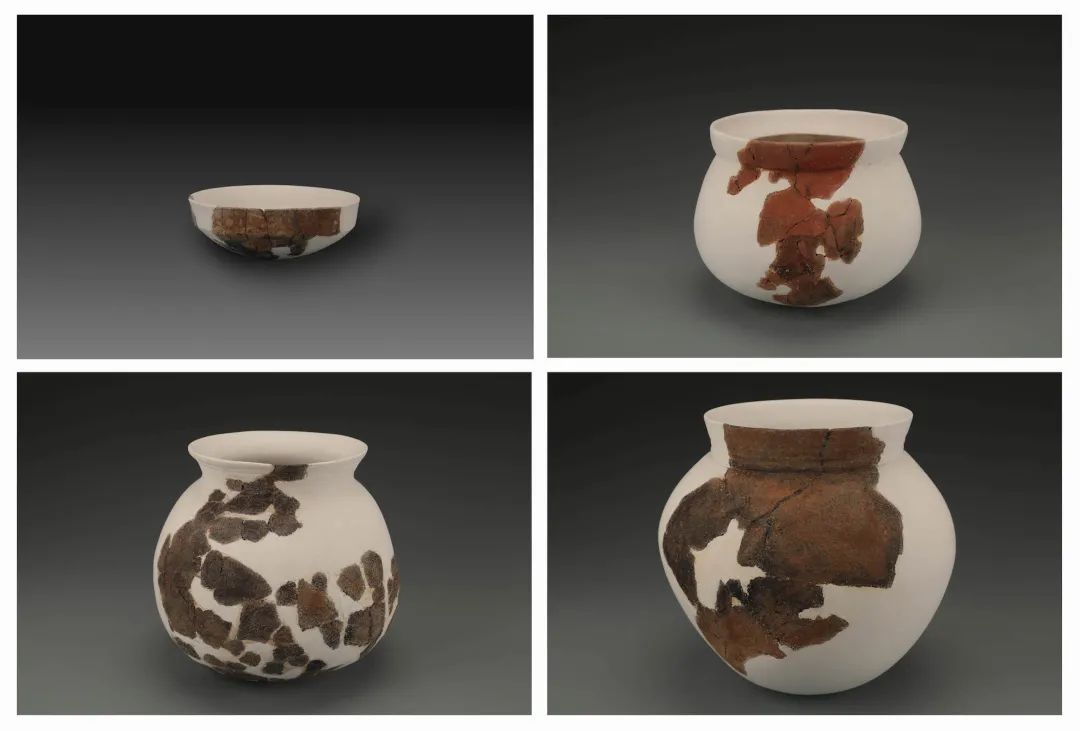
Pottery from Keqiutou Sites of Pingtan

Excavated human bones from Xiyin Site of Pingtan
The Keqiutou Sites, encompassing sites like Keqiutou, Xiyin, Donghuaqiu, and Guishan, is a crucial component in the archaeological study of the origin and diffusion of the Austronesian family. Multiple excavations by archaeologists have yielded significant findings, including the earliest rice remains in the southeastern coastal islands of China, the earliest architectural structures in Fujian, and human bones suggesting dental practices. These discoveries, like puzzle pieces, contribute to reconstructing the life scenes of the Austronesian ancestors. Through unearthed artifacts, it feels as if we touch the prehistoric lives of these ancestors.


Display cabinet of archaeological restoration utensils at Pingtan International Research Center for Austronesian Archaeology
Witnessing a Rich Diet Through Rice Residues
The survival principle of relying on local resources—whether mountains or seas—applied to the early Austronesian inhabitants of Pingtan Island.
In the Keqiutou Sites, rich deposits of both marine and terrestrial animal resources have been discovered in layers from various periods. Shells of diverse types, including oysters, mud clams, venus clams, and green mussels, were found in shell accumulations. Excavated animal bones include deer, water buffalo, dolphins, sea turtles, and various marine fish species, all belonging to wild animals. Fishing and hunting, to a large extent, were the primary means of livelihood for the early inhabitants.

Amidst this marine environment, did agriculture develop alongside fishing and hunting? This has been a challenging question for archaeologists. "The island environment is dominated by sand dunes, prone to wind erosion, making it difficult to preserve plant residues like rice grains," explained Dr. Zhou Zhenyu from the Institute of Archaeology at the Chinese Academy of Social Sciences. "Discovering plant residues requires the flotation of large amounts of soil samples, and under a microscope, which, in the case of the Shell Mound Sites, involves floating over 5,000 liters of soil per site—akin to finding a needle in the ocean."

Persistence pays off. With joint efforts from archaeological teams and tech-savvy archaeologists, two rice remains were finally discovered in the Xiyin Site and the Keqiutou Site. "In addition to floated rice remains, we also found imprints of rice, millet, and other crops on pottery shards. Residue analysis of artifacts similarly revealed starch grains of rice, millet, sorghum, and legumes. Plant silica analysis also identified rice remains in the Xiyin Site and the Keqiutou Site. These findings trace the presence of rice and other crops on Pingtan Island back over 7,000 years, representing the earliest rice remains in the southeastern coastal islands of China," stated Zhou Zhenyu.
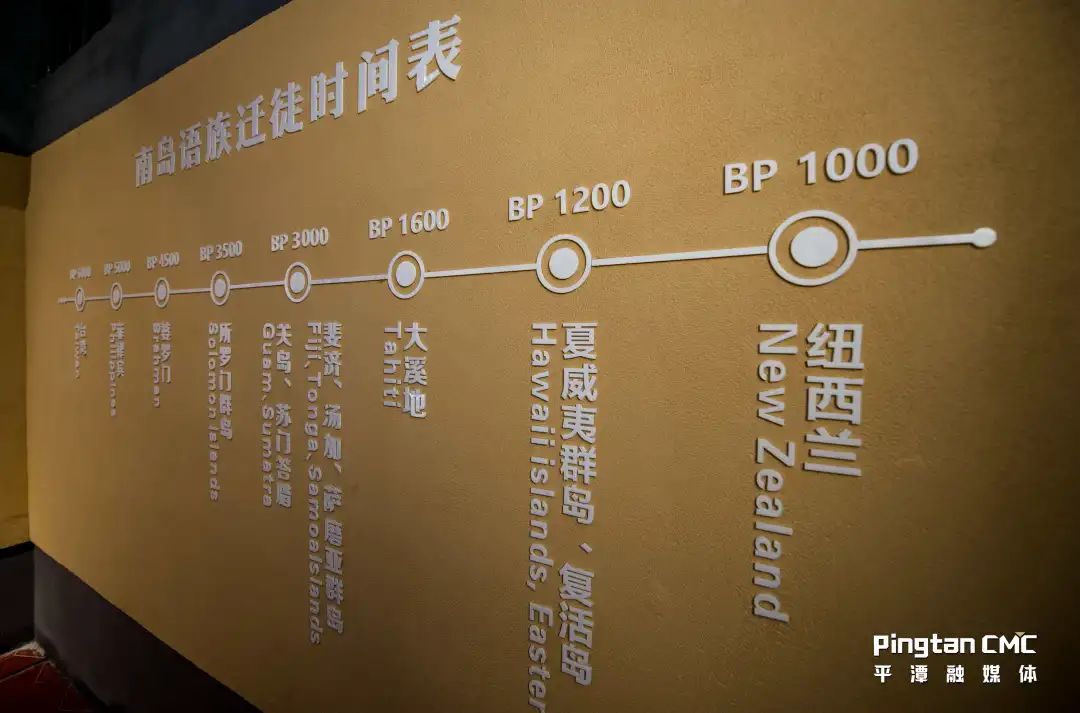
"Whether these crops were obtained through inland trade or cultivated locally requires further exploration," noted Professor Zhang Wenjie from the School of History and Cultural Heritage at Xiamen University. Based on these plant remains, archaeologists tentatively analyze that during the period of the Xiyin Site, the climate on Pingtan Island was warm and humid, with nearby coastal wetlands providing an excellent environmental basis for the livelihood and localized agricultural cultivation of the early inhabitants. Additionally, plant archaeology research suggests that rice and millet were introduced to the Taiwan region around 4,800 to 4,600 years ago. The newly discovered rice remains in the Xiyin Site and the Keqiutou Site provide solid evidence for the early dispersion of Austronesian populations.
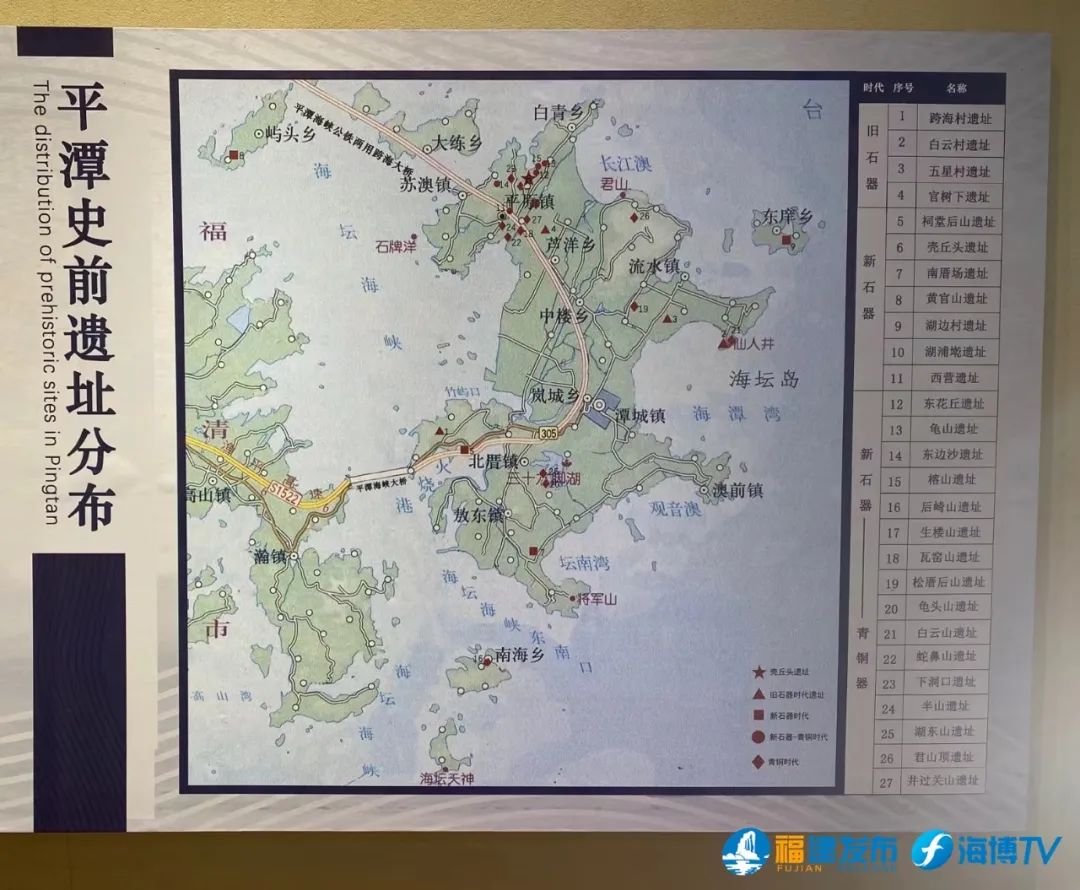
Whether through the abundance of marine and terrestrial animal resources discovered in deposits from various periods or the recent discovery of rice residues, every finding reflects the diverse livelihood patterns of the early Austronesian population. "This feature, combining continental and marine characteristics, spans over 7,000 years in various periods," remarked Fan Xuechun, a researcher at the Fujian Provincial Museum and director of the Pingtan International Research Center for Austronesian Archaeology. "This characteristic aligns with the logical traits of the Austronesian family originating from the mainland and expanding towards the ocean, providing a broader research perspective for exploring the paths of Austronesian dispersion."
Evolution of Settlements Reveals Civilization Progress
Over 7,000 years ago during late spring, the sea breeze dispersed the thin mist in the northern part of Pingtan Island, awakening the dormant prehistoric settlements. Early inhabitants emerged from their self-built circular "houses," embarking on a day of bustling activities.
"At the Xiyin Site, we discovered two dwelling foundation sites dating back 7300 years. Judging from the distribution of postholes, we speculate they were simple, circular, stilted structures," explained Zhang Wenjie. "These buildings consisted of two floors—the lower resembling a stilted house, and the upper covered with thatch walls, used for living. The overall structure had a circular dome shape. These are the earliest discovered dwellings in Fujian."

Buried pottery shards
Through excavation, archaeologists also found evidence of a relatively small settlement pattern at the Xiyin and the Citang Houshan sites, dating from 7,300 to 6,500 years ago. There, early inhabitants formed relatively compact and concentrated functional zones for various aspects of life. At the Keqiutou Site, dating from 6,500 to 5,000 years ago, archaeologists discovered the earliest and most well-preserved prehistoric settlement in coastal China. The settlement displayed distinct functional zones, including residential areas, dining and processing zones, craft areas, and garbage disposal areas, indicating an initial development into a medium-sized tribe.
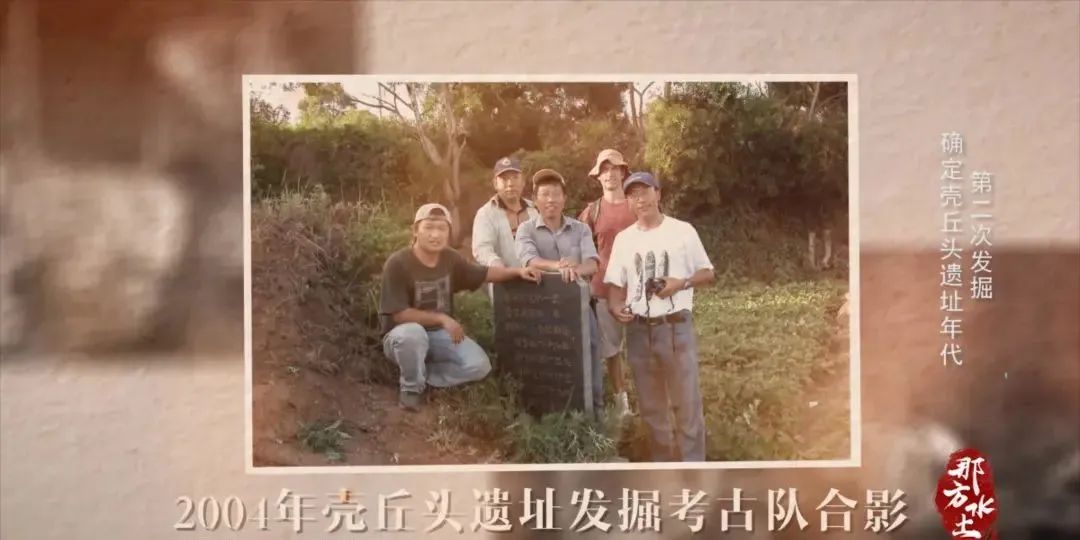
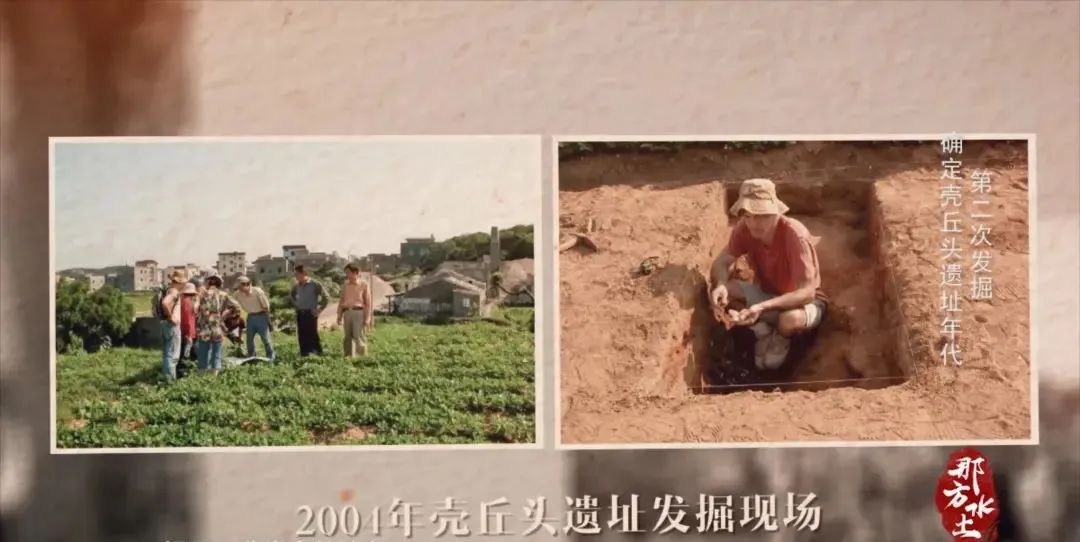
By the period of 4,000 to 3,200 years ago, at the Donghuaqiu and Guishan sites, early inhabitants had evolved into large-scale, high-level settlements comprising ceremonial areas, public activity areas, and personal living areas. At the Guishan Site, a ritual site consisting of large platforms, artifact pits (heaps), and dense pottery fragments was discovered.
Although specific ritual behaviors are yet to be determined, it is likely related to the frequent maritime activities of the coastal residents during that time, according to Wei Changfu from the Fujian Provincial Institute of Archaeology. This suggests that during this period, Austronesian populations demonstrated new levels of civilization in social organization, livelihood patterns, technological proficiency, and spiritual development.
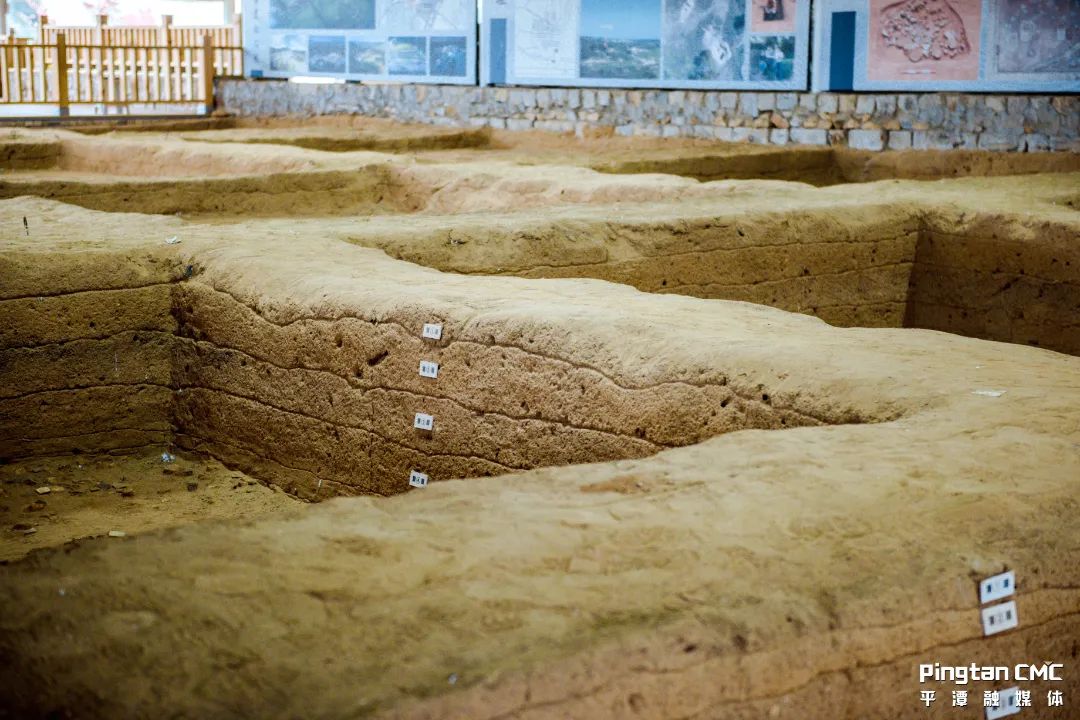
Notably, among the pottery unearthed at the Keqiutou Sites, there are numerous round-bottomed vessels such as pots, bowls, jars, and various types of pottery supports. These combinations form a legged pot similar to a tripod but with detachable supports, resembling a ding (ancient Chinese cooking vessel). The early Austronesian people continued to use these detachable containers for easy carrying during migration, showcasing their survival wisdom.
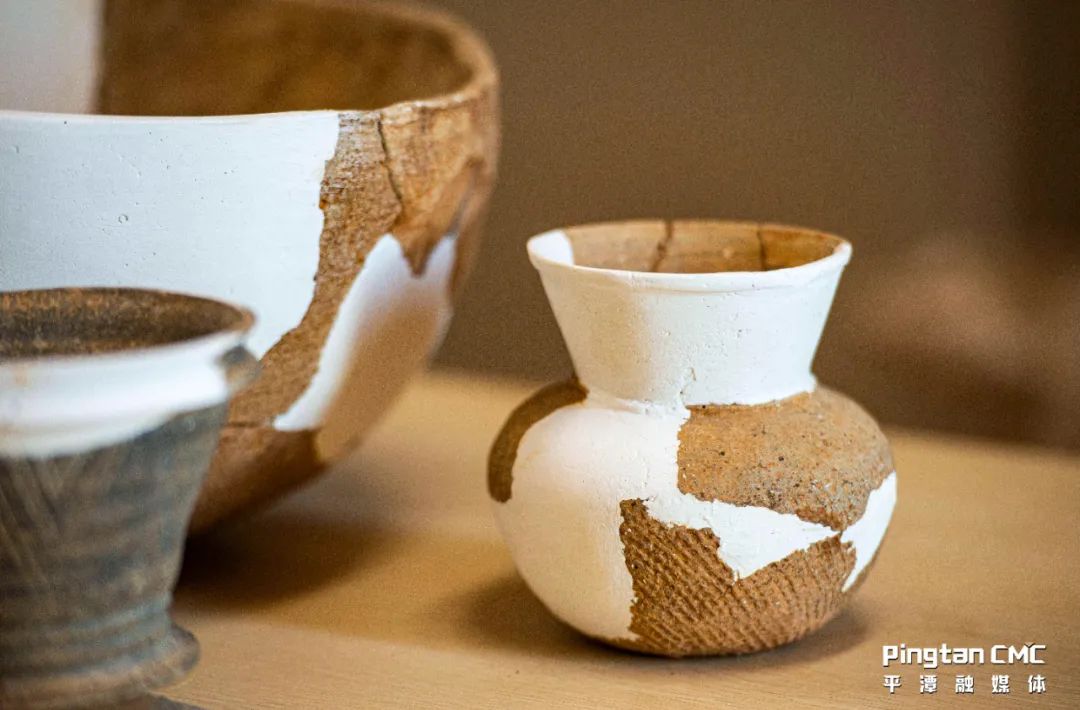
Restored pottery
The pottery is adorned with a variety of patterns, with decorative motifs evolving from simple cord impressions and string impressions to intricate shell-stamping, dotting, perforations, grid patterns, cloud-thunder patterns, and more. "Colors mainly include gray, black, gray-yellow, red, and brown, indicating uneven firing and relatively low temperatures. However, the decorations reflect the primitive aesthetic concepts of the early Austronesian ancestors," said Wei Changfu. "The pottery remains from the Shell Mound Sites, with similar wave patterns, tooth patterns, nail impressions, and carvings as those found in Fuguodun, Jinmen, and the Dabenkeng Site in Taiwan, not only reflect the love and worship of the sea by the contemporaneous ancestors on both sides but also demonstrate cultural connections and interactions between the two sides of the Taiwan Straits during the Neolithic period."

Displayed pottery at Shell Mound Sites Park Exhibition Hall
"The clear cultural characteristics of archaeological remains at different stages in the Keqiutou Sites, the obvious development and continuity, have formed a complete archaeological cultural development sequence. This includes both indigenous cultures represented by sand-tempered pottery with round bottoms and cultural factors from the downstream of the Minjiang River, such as the Huangguashan and Huangtulun cultures. It provides direct material for exploring the development, inheritance, communication, and interaction of prehistoric cultures in the southeastern coastal region and studying the origin and migration of early Austronesian populations," emphasized Wang Yongping, director of the Fujian Provincial Institute of Archaeology.
Tooth Extraction Custom Reflects Cultural Features
In the cycle of life and death, the ancient Austronesian ancestors, thousands of years ago, observed a solemn moment of bidding farewell to their departed kin. The deceased were carried to the edge of the shell accumulation area, laid to rest in a supine position. Following a simple farewell ceremony, they were carefully buried beside the shell mounds.
"The burial of the human remains involves a supine posture with straight limbs, higher placement of the lower limbs, and a lower position of the torso, upper limbs, and head, consistent with the incline of the shell accumulation. The burial is well-preserved," explained Zhang Wenjie. "This seems to be a unique burial custom." Archaeologists discovered three such burials with consistent head orientation, burial style, and scale in the Xiyin Site in 2023. Experts speculate that this might be a planned cemetery. Among them, the M1 individual's skeletal remains are relatively intact, with clearly visible teeth, and two central incisors appear to have been extracted.

"Tooth extraction customs were widely practiced in coastal and island regions worldwide and represent a distinct cultural feature along the southeastern coast," Zhang Wenjie introduced. "The tooth extraction custom discovered at the Xiyin Site also reflects the strong maritime characteristics of the Austronesian ethnic group. Many Austronesian groups, including those in Taiwan, share similar customs, possibly associated with rites of passage or witchcraft."

Previously, human bone remains were also found at the Keqiutou Sites, providing direct material for the study of early Austronesian populations. In 2020, a collaborative effort by the Chinese Academy of Social Sciences Institute of Vertebrate Paleontology and Paleoanthropology, the Pingtan International Research Center for Austronesian Archaeology, and several domestic institutions conducted DNA testing and nuclear genomic research on prehistoric Austronesian ancestors. The results indicated a direct correlation between the Austronesian population and early southern coastal populations in China, dating back to approximately 8,400 years ago, providing maternal genetic evidence for the Austronesian origin in the southeastern coastal regions of China.
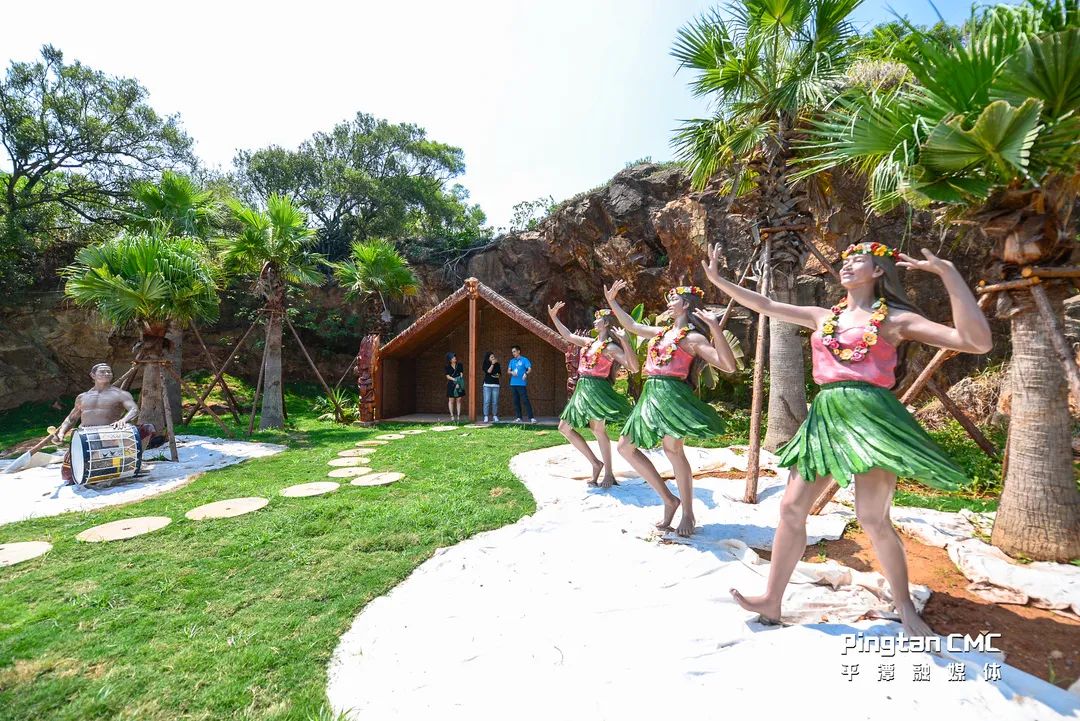
As for the human bones at the Xiyin Site, radiocarbon dating results for multiple samples suggest an age of approximately 7,400 years. The team led by Fu Qiaomei extracted and analyzed DNA from a temporal bone unearthed in the disturbance trench at the Xiyin Site in 2022. The preliminary results indicate that the individual has closer genetic ties to ancient southern Chinese populations and modern Southeast Asian populations.
These research findings will further enrich the genetic database of prehistoric human populations in the Southeast Asia region.


